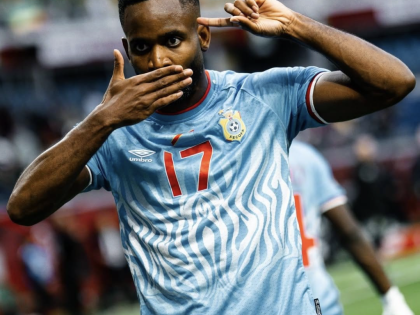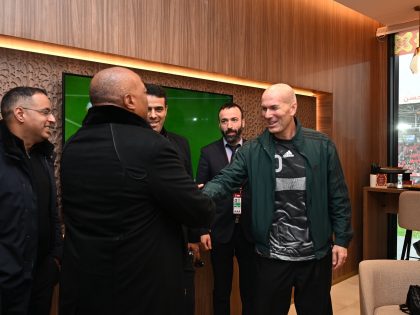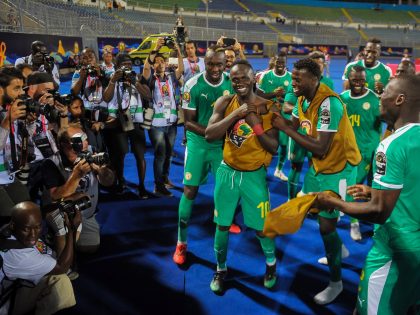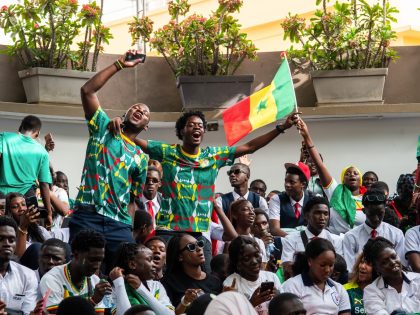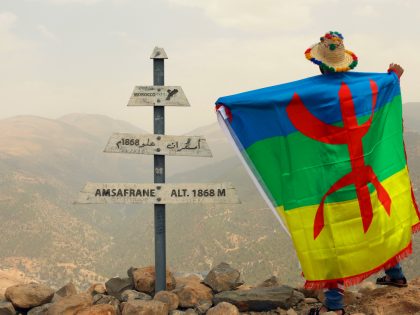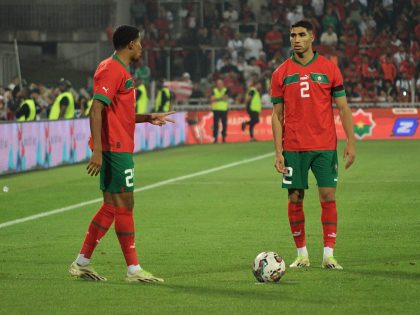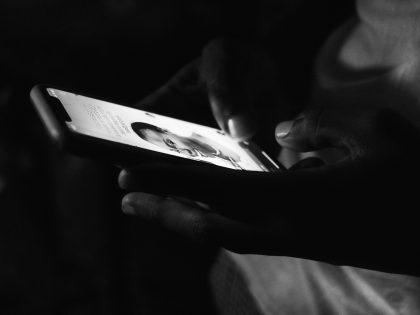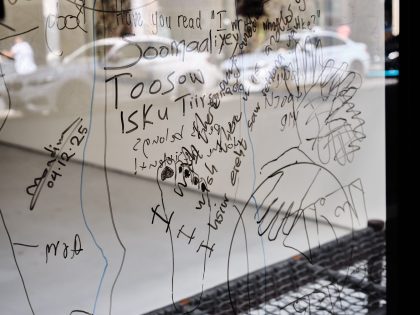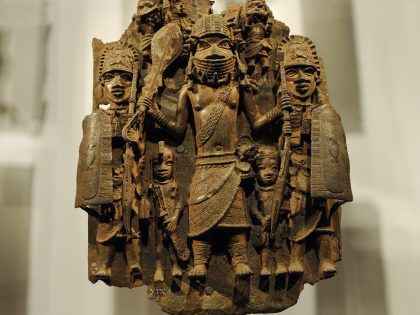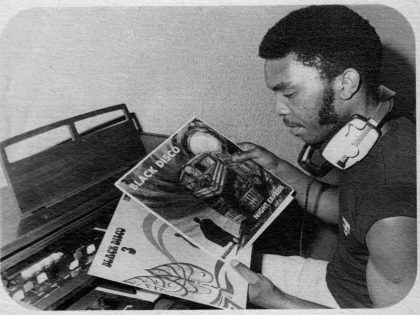Simple Football
Belgian photographer captures grassroots football in 30 villages across 10 countries in west and southern Africa.

All images by Jessica Hilltout.
Africa’s World Cup is over, but many of us know that on the continent, the games will continue. Such is the all-consuming passion for football in Africa, a fact that Antwerp-based photographer Jessica Hilltout aimed to capture in her just-released book on grassroots football, Amen. The project was first brought to our attention by the team at Aid Watch, and Hilltout’s book has since been profiled in the New York Times’ Lens Blog, as well as in a recent piece by the New York Times’ Johannesburg correspondent, Celia Dugger. It’s nice to see these stunning photos make the rounds because they really highlight the passion, ingenuity and creativity of the players Hilltout met, from some 30 villages across 10 countries in west and southern Africa—players that don’t necessarily have access to expensive equipment.
And yet.

In her introduction to the book, Hilltout writes:
Africa is a world like no other. The people have simple needs and huge hearts. They accept their lot in life with a supreme calmness. […] Africa is a land where the superfluous and superficial seem stripped away, a place where the fundamentals shine through. What makes it so special is that this vast continent accepts its fate with elegance and grace, head held high. Here, I was constantly amazed at the strength of humankind. Here, nothing is a problem, despite money always being one. Yes, Africans may be poor, but poverty does not bring misery. A state of mind alone can bring happiness.
Oh, those simple Africans. Forever destined for lives of misery and poverty. And yet so happy.

I suppose this is what happens when the objects of your photos (Dugger writes that Hilltout “photographed [the players’] balls resting on cracked earth or cupped in hands with nail-bitten fingers”) become more important than the subjects who made them. In fact, looking through all the photos (which you can see here), the book and the accompanying videos, you’re hard pressed to hear the voices of the players themselves come through. In the end, it is only Hilltout who gets to speak.
I would have preferred that she let the photos speak for themselves.
H/T: Siddhartha Mitter
